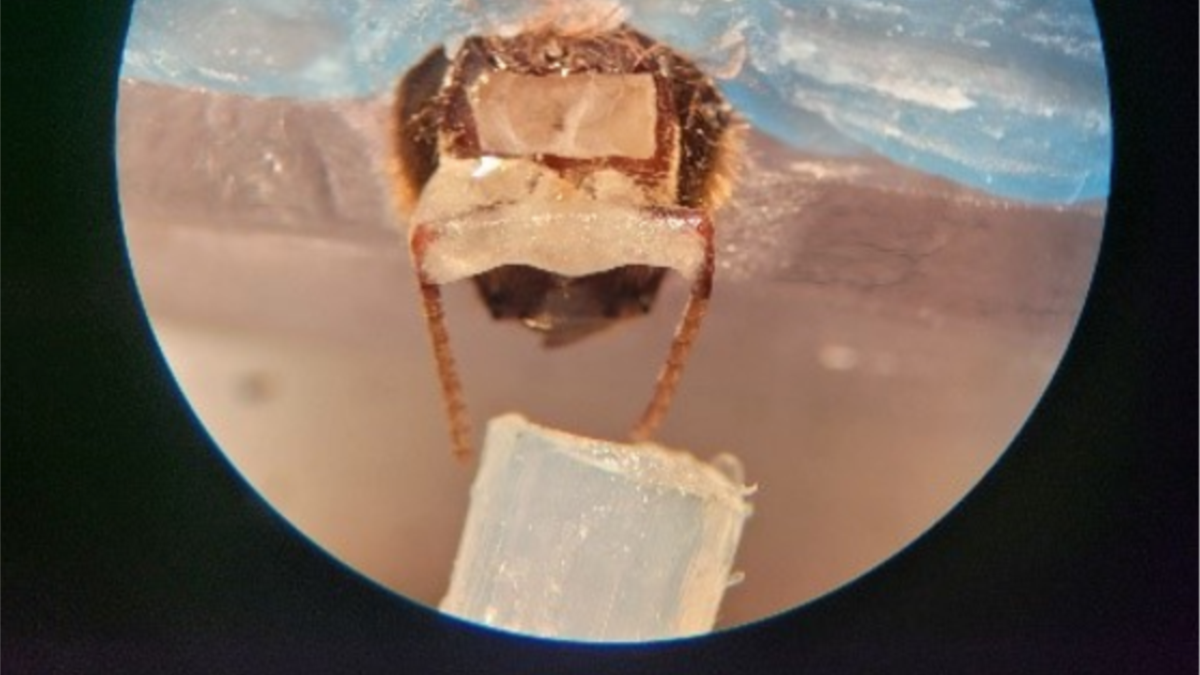A TOP astronomer has urged Scots to savour the skies while they can — after folk went nuts for the Northern Lights.
Wide-eyed spectators were mesmerised by the elusive aurora borealis as a rare solar storm created a kaleidoscope of colours on Friday, May 10.
The phenomenon is normally only visible in the far north of Scotland, but on this occasion they were visible all over the country.
Catherine Heymans, Astronomer Royal for Scotland, explains that the next six months could be groundbreaking, with more Northern Lights visible than in the past 11 years.
The University of Edinburgh professor said: “It’s all to do with magnetic fields.
“Earth’s magnetic field is really stable whereas the Sun’s magnetic field is less stable and flips every 11 years, so the North and South Poles switch places.
“We call this the solar cycle and when it gets close to this flip point, everything becomes more turbulent and we see heightened activity on the Sun.
“Magnetic fields get tangled up on the Sun’s surface, eventually snapping and releasing highly charged particles.
“On Friday, five of these events happened. We are peaking in this solar cycle, but over the next six months we’ll see more auroras than we’ve seen in the past 11 years.”
The phenomenon is caused by the solar particles from the Sun reacting with the Earth’s atmosphere.
Most read in Scottish News
Catherine was on Portobello Beach in Edinburgh last Friday and was amazed by the reactions of people building bonfires — oblivious beforehand — who suddenly became transfixed by what was happening.
She hopes people now take a bigger interest in the science behind the stunning sight and keep an eye out for the next colour show.
The expert said: “I love collective events, when everyone experiences something together.
“Everyone is usually doing their own thing, looking at screens. Our friends in the Highlands and Islands are laughing at us central belters getting so excited, because they see it all the time.
“But we battle with light pollution, so to see the colours with our own eyes was spectacular.
“There’s a deep connection between us, nature and the night sky. The problem with light pollution is you don’t see the stars properly.
“We’ve lost that connection with the night sky so when there is something so spectacular like this, it’s really joyous.
“I talk about space as the last wilderness for humanity. I hadn’t expected it to be so beautiful with such gorgeous rippling colours.
“The thing about the night sky is you don’t need to be a scientist or physicist to appreciate how beautiful it is.
“It’s an amazing aspect of nature and you don’t have to understand it to enjoy how stunning it is.”
Catherine added: “Then you start to think about what was going on.
Basically, the Sun spewed out highly charged particles and they were interacting with oxygen and nitrogen in the atmosphere.
“If you remember school chemistry, you do the flame test where you burn different chemicals and see what colour they turn.
“It’s a chemical reaction and with the aurora, the red and green comes from oxygen at different layers in the atmosphere. The reddish-purple and blue come from nitrogen.
“Most of us only see green layers, but on Friday it was such a deluge of particles that we had colours including pinks and yellows.
“The best thing to do if you missed it is to look out of the window before bed to see if you can see any stars. If you can, it means there’s no cloud.
“Then look at Lancaster University’s AuroraWatch UK website — they give you a forecast every half an hour.
“If there’s a red alert, go outside. Everyone is used to seeing these gorgeous pictures of colours, but seeing them with our own eyes is rare.”
The space guru believes a new generation of stargazers could be born because of the Aurora Borealis.
She said: “Little kids love science, but then something happens when they go to high school, it’s not cool anymore.
“Talk to five-year-olds and they all tell you they want to be a spaceman or astronaut, so it’s important to connect kids with space.
“I hope it helps people remember their excitement, so that if they’re told science is boring they aren’t put off by these cultural misconceptions.
Read more on the Scottish Sun
“Events like these remind people science is beautiful on many levels. I’d love if people now want to know exactly what happened.
“Kids spend a lot of time on YouTube and there is lots of great science content there. They’re tech savvy so if they want to find it, they will.”










